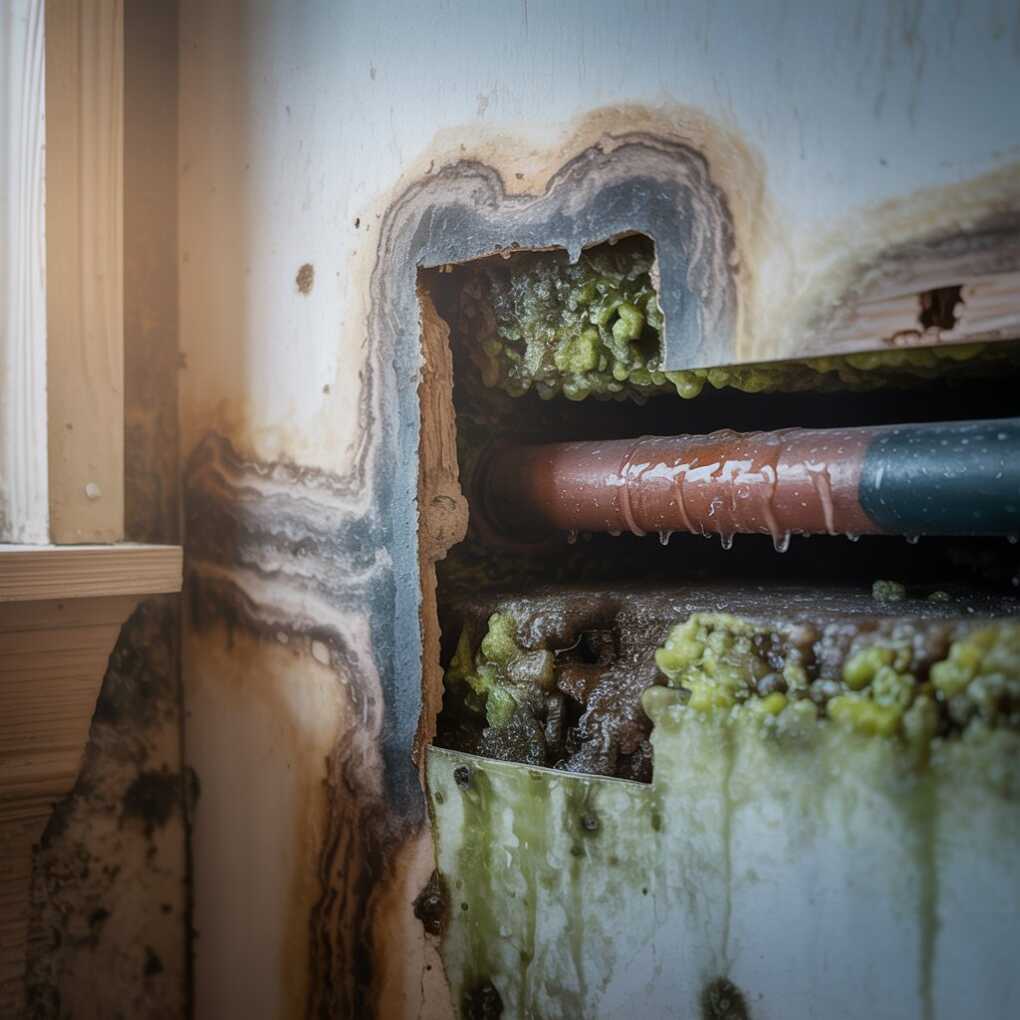Water damage can affect any property regardless of age, construction, or location. Whether caused by natural flooding, broken plumbing, or leaky roofs, unwanted water infiltration leads to more than unsightly stains. It compromises structural integrity, causes materials to deteriorate, and encourages harmful microbial growth. If left untreated, even small leaks can evolve into costly repairs beyond flooring or drywall. In many cases, homeowners underestimate the scope of water intrusion, focusing only on visible damage without realizing how deep the moisture has spread. Timely repair is essential for cosmetic recovery and health, safety, and long-term property value. Swift action prevents further deterioration and limits the chances of mold development. For those experiencing water-related issues, understanding what causes the damage, how it progresses, and how repairs are executed can help them respond confidently and prevent repeat occurrences.

What causes water damage, and how does it spread?
The Underlying Sources of Moisture Intrusion
Water damage often begins from unnoticed sources—slow pipe leaks inside walls, aging water heaters, or damaged roofing that allows rain to seep in. Over time, moisture accumulation in hidden spaces creates the perfect conditions for decay and biological contamination. In cold climates, frozen pipes can rupture and spill gallons of water in minutes, soaking insulation, subflooring, and electrical wiring. In more temperate regions, heavy rains may overwhelm drainage systems, allowing water to infiltrate basements or lower-level rooms. Once water enters a building, it doesn’t just settle where it lands. It spreads laterally through floors and wicks upward into walls and porous materials. That migration often leads to swelling, discoloration, warping, and eventually, the breakdown of construction elements. Properties in urban areas face added risks due to old infrastructure and outdated waterproofing systems. For residents seeking water damage repair in Vancouver, these factors often influence the extent and urgency of the restoration services they need.
The Role of Mold and Bacteria After Moisture Exposure
Once water penetrates a building, the threat doesn’t end with damp drywall or discolored flooring. Standing water and high humidity create an ideal breeding ground for mold and bacteria. Mold spores are always present in the air, and once they find moisture, they begin to spread rapidly, sometimes in under 24 hours. This invisible growth initially forms behind walls, carpets, and inside HVAC ducts, quietly compromising air quality. Mold exposure can cause respiratory symptoms, skin irritation, and allergic reactions in occupants. For people with pre-existing conditions such as asthma or compromised immunity, the effects can be severe. The structural damage caused by mold is equally concerning. It degrades insulation, weakens wooden supports, and forces the removal of entire sections of a home’s interior during remediation. That’s why addressing moisture sources quickly is critical. Ignoring the health impact of microbial growth can make a simple repair job much more invasive and expensive in the long run.
Steps Involved in Restoring a Water-Damaged Property
Water damage repair is not a single-step task—it is a multi-phase process that begins with assessment and ends with structural restoration. The priority is constantly removing standing water, using pumps and industrial vacuums. Once the surface water is gone, the drying process begins, which can take several days depending on the severity of the intrusion. Dehumidifiers and high-speed fans are positioned to pull moisture from the air and materials, helping reduce the risk of mold. During this stage, professionals also assess the extent of hidden damage with moisture meters and thermal imaging. Walls and flooring that cannot be salvaged are removed to allow complete drying and ensure safety. After drying is confirmed, repairs might include new insulation, drywall, flooring, or paint. If exposed, electrical components and HVAC systems may also need rewiring or replacement. Restoration is only complete when structural integrity is restored and indoor air quality is safe for occupants again.
Preventing Future Water Damage Through Home Modifications
Many property owners focus on prevention after dealing with the disruption of water damage. This usually begins with examining drainage systems around the building. Gutters must be cleared regularly to prevent overflow, and downspouts should direct water away from foundations. Basements often benefit from sump pumps with battery backup systems to keep water at bay during storms or power outages. Installing backwater valves can prevent sewage from reentering a home during heavy rainfall. Roof inspections and timely repairs ensure that no unnoticed leaks worsen with time. In addition to structural measures, modern smart-home technology offers water detection sensors that alert homeowners to leaks before they escalate. These sensors can be placed behind toilets, under sinks, and near appliances like dishwashers and washing machines. Simple habit changes, like turning off the main water line when leaving town, also reduce risks. Combining proactive maintenance with quick response strategies minimizes exposure to water damage and helps preserve property and peace of mind.
Long-Term Impact of Neglected Water Damage
When water damage is not repaired promptly or properly, the consequences extend far beyond aesthetic issues. Prolonged exposure to moisture affects more than wood and drywall—it undermines the foundation of a home or building. Cracks can form in concrete, and rebar within the structure may corrode, creating structural instability over time. Electrical systems that have absorbed water are hazardous, posing fire hazards even after visible signs of damage have faded. Unpleasant odors from mold or mildew linger in carpets, curtains, and air ducts, making the home uncomfortable. These problems compound with time and dramatically lower a property’s value. Potential buyers are less likely to invest in a house with a history of unresolved water issues. Insurance premiums may increase if the property is deemed high-risk. What could have been resolved early with minor intervention may eventually require large-scale demolition and rebuilding. Therefore, acting early is not only practical—it protects investment and health alike.
Taking Control After Water Damage
Water damage may seem overwhelming when it first happens, but effective repair strategies can restore a property to its original state without lasting harm. Understanding how moisture enters, spreads, and damages a structure provides a clear path for resolution. From early detection and cleanup to long-term remediation and prevention, each phase contributes to preserving the safety and integrity of the home. Property owners benefit from treating water damage as a serious issue from the outset, rather than waiting for obvious signs of decay. By doing so, they avoid the compounded effects of mold, electrical hazards, and structural failure. Investing in repairs and preventive measures now helps ensure that homes remain safe, comfortable, and valuable for years. Acting with urgency and care in the face of water damage protects not just property, but the people who call it home.
